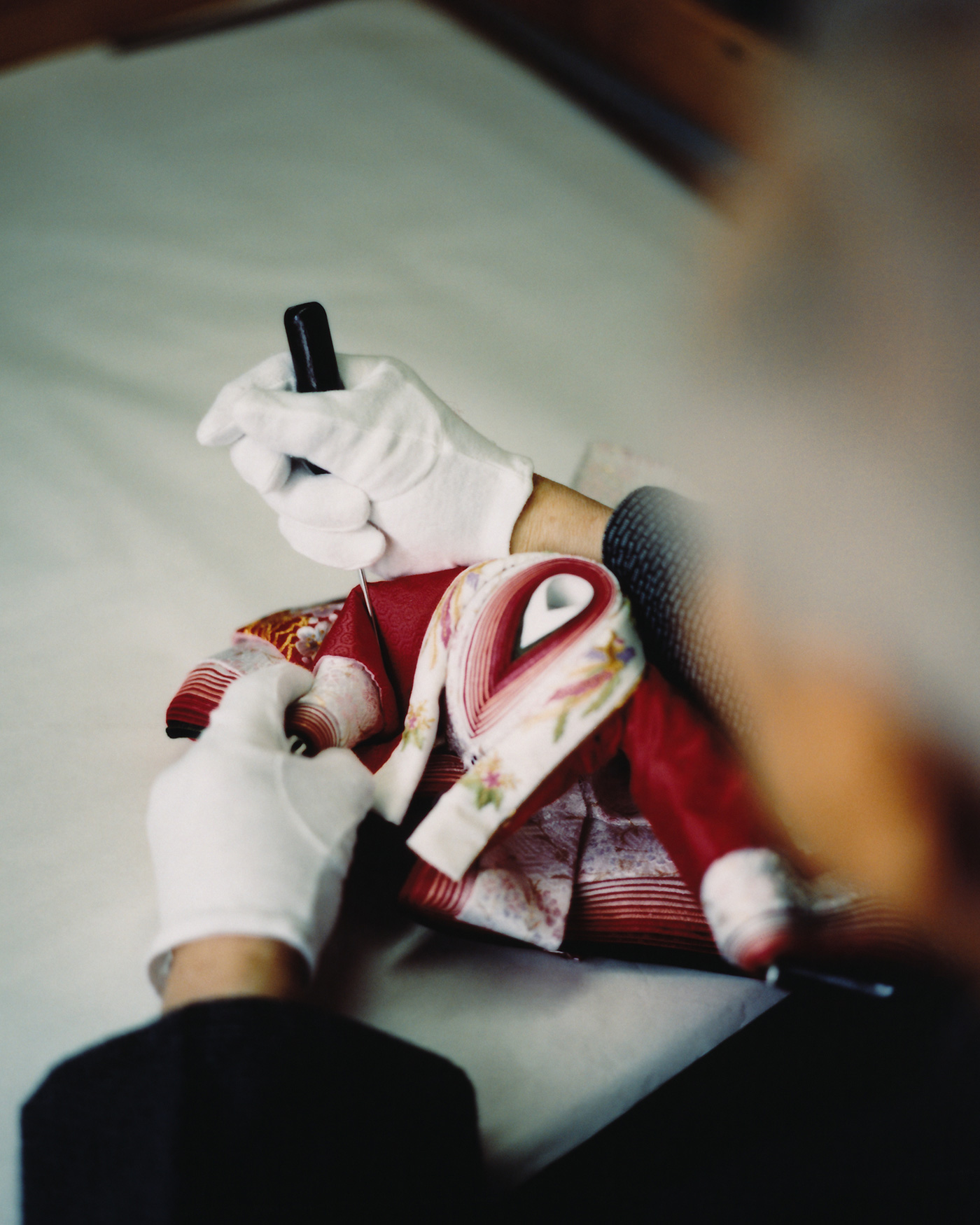Owari Cloisonne
Cloisonne ware is made by baking a glass glaze on metal. Cloisonne enamel ware has a long history of introduction to Japan and is said to have come from the Silk Road during the Kofun period. We interviewed Mr. Shigeyuki Ando, the fifth president of Ando Cloisonne Treasure Shop, a factory selected as an Intangible Cultural Property by the Committee for the Protection of Cultural Properties, established in 1880, about the charm of cloisonne enamel ware, which has fascinated the world as a top-class art object and the flower of Japanese culture, and about the future succession of the technique as a traditional industry. Ltd., a factory selected as an Intangible Cultural Property by the Committee for the Protection of Cultural Properties.


Many people may not immediately have an image of what cloisonne ware is when they hear the word “cloisonne”. Is it different from pottery, even though it is called “yakimono?
It is quite common to be mistaken for ceramics. When people hear the word “cloisonne ware,” they tend to think of ceramics. Especially in Aichi Prefecture, which is famous for its high quality clay and has been famous for pottery and porcelain for a long time, people often think of the same thing. Unlike ceramics, however, clay is not fired. Instead, colored pictures are painted on metal with glass glazes, which are then fired and melted. Also, there is a big difference in the timing of the melting of the glass, i.e., 5 to 10 minutes, rather than the long hours required for firing like ceramics.
The easiest way to visualize this is as a “company emblem. Even if you don’t have the product at hand, you can explain to them that “people used to wear company emblems and so on, and most of the colored ones are made of cloisonne ware, and they are made by baking glass on metal.

Is cloisonne enamel ware something that can be found outside of the Nagoya area?
There is one in Tokyo, and there used to be a large cloisonne ware shop in Kyoto. However, they have already gone out of business, so we are becoming the only company in the region that is doing this kind of work on a certain scale as an industry.
What are the main products you produce in your daily business?
Before Corona, we had many inbound customers, so picture frames and accessories sold well. Also, since we have many customers from foreign countries, frames of Mt. Fuji and cherry blossoms sold well as gifts for customers from abroad.

I understand that there is a great demand for cloisonne enamel ware overseas, but to which countries is the demand mainly?
Most of them are in the Asian region. There is a story that cloisonne enamel ware is popular among people overseas, but it is an industry that developed with the backing of the national and local governments in order to obtain foreign currency.
When Japan opened its doors to the rest of the world during the Meiji Era, the stance was to develop domestic industry and sell it overseas in order to eliminate the country’s trade balance deficit.
At that time, it was the World Expo. At that time, we took our products to the Expo and peddled them there. The fact that our products are popular among people overseas is inevitable, since they were originally made for that purpose.







